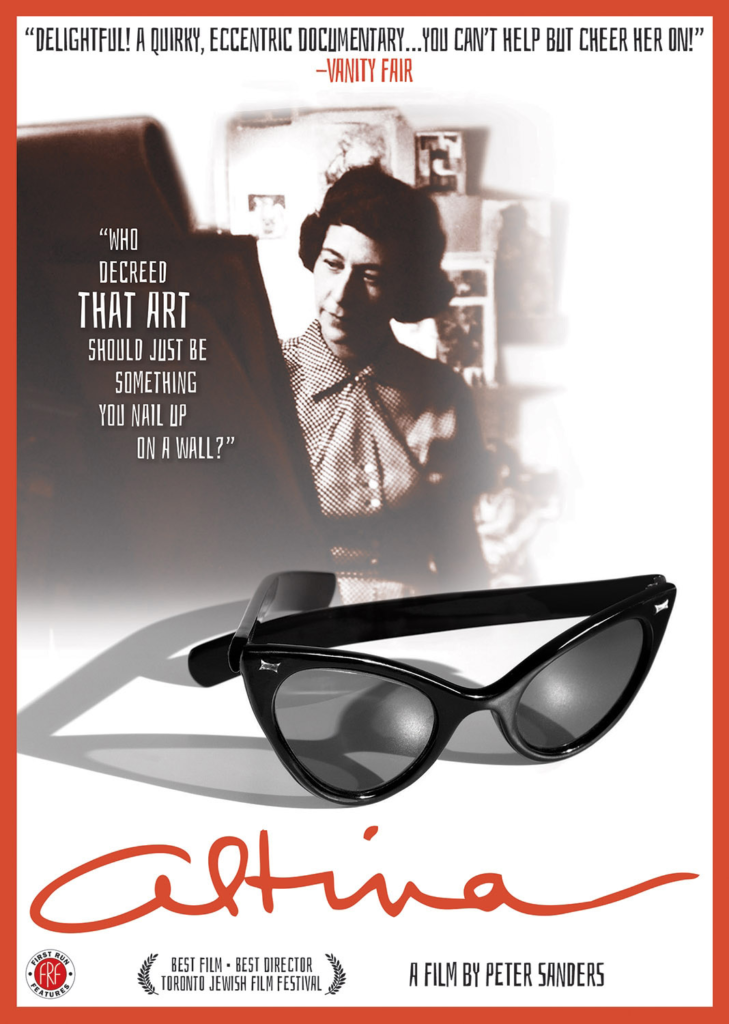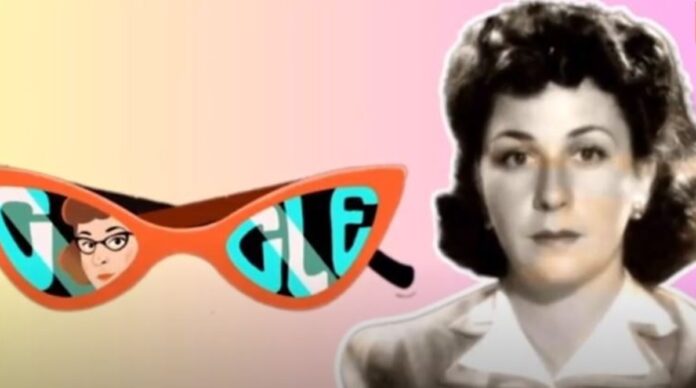Introduction
Altina Schinasi was a trailblazer in the worlds of fashion, art, and social activism. Best known for inventing the iconic cat-eye glasses, Schinasi’s influence extends far beyond this fashionable accessory. Her life was a testament to the power of creativity, and her work continues to inspire designers, artists, and activists today. In this article, we’ll explore the life, achievements, and lasting impact of Altina Schinasi, delving into her contributions to fashion, art, and society.
Early Life and Influences
Altina Schinasi was born on August 4, 1907, in New York City to a family of Turkish-Jewish immigrants. Her father, Morris Schinasi, was a successful businessman in the tobacco industry, while her mother, Laurette Ben Rubi, hailed from a family rich in culture and education. Growing up in a household that valued both business acumen and artistic expression, Schinasi was exposed to a diverse array of cultural and creative influences from a young age.
Schinasi’s early education took place in private schools in New York, followed by studies at the prestigious École des Beaux-Arts in Geneva, Switzerland. This international education broadened her worldview and laid the foundation for her future endeavors in art and design. After returning to the United States, Schinasi continued her artistic training at the Art Students League of New York, where she studied under the guidance of George Grosz, a German painter known for his critical social commentary. Grosz’s influence on Schinasi was profound, shaping her approach to art as a tool for social change.
The Creation of Cat-Eye Glasses
In the 1930s, while living in New York, Schinasi noticed a gap in the eyewear market. At that time, glasses were purely functional, with little attention paid to their aesthetic appeal. Schinasi believed that eyewear could be both practical and stylish. Drawing inspiration from the Harlequin masks she had seen in Venice, she set out to design a new style of glasses that would be both elegant and eye-catching.
The result was the cat-eye glasses—an innovative design with upswept edges that framed the wearer’s face in a flattering, feminine way. Unlike the round, utilitarian frames that were common at the time, Schinasi’s cat-eye glasses were bold, stylish, and sophisticated. However, her design was initially met with skepticism by eyewear manufacturers who considered it too unconventional.
Determined to bring her vision to life, Schinasi persisted and eventually found a manufacturer willing to produce her frames. The cat-eye glasses quickly gained popularity, becoming a fashion statement embraced by women around the world. Celebrities and fashion icons of the time adopted the style, cementing its place in fashion history.
The impact of Schinasi’s cat-eye glasses extended beyond fashion. They represented a shift in how accessories were viewed, transforming glasses from mere functional items into fashion-forward statements that could enhance a woman’s appearance and confidence. Today, cat-eye glasses remain a timeless design, frequently revived and reinterpreted by contemporary designers.
Artistic Contributions: Sculptures and Films
Altina Schinasi was not only a designer but also a highly accomplished artist. Her artistic work spanned various mediums, including painting, sculpture, and film. Influenced by her studies with George Grosz, Schinasi’s art often explored themes of social justice and human rights, using visual storytelling to convey powerful messages.
One of Schinasi’s most significant artistic achievements was her series of sculptures titled “Human Rights.” These wooden sculptures depicted abstract figures in various states of struggle and resilience, reflecting the human condition’s complexities. The pieces were celebrated for their emotional depth and the way they communicated universal themes of suffering and survival. Through these works, Schinasi demonstrated her ability to capture the essence of the human experience, making her art both relevant and impactful.
In addition to her work as a sculptor, Schinasi made notable contributions to the world of filmmaking. Her documentary “George Grosz’ Interregnum,” released in 1960, focused on the life and work of her mentor, George Grosz. The film received critical acclaim, winning first prize at the Venice Film Festival. Schinasi’s ability to convey Grosz’s influence on modern art and his role as a social commentator highlighted her skill as a filmmaker and her deep understanding of the intersection between art and society.
Advocacy and Social Impact
Throughout her life, Altina Schinasi was a passionate advocate for social justice. Her commitment to human rights and equality was evident in both her artistic work and her activism.
Schinasi was actively involved in the civil rights movement in the United States, using her art to address the injustices faced by African Americans. Her work often highlighted themes of oppression and resistance, challenging viewers to confront uncomfortable truths about society. Through her art, Schinasi sought to inspire empathy and action, encouraging others to join the fight for equality.
In addition to her work in the United States, Schinasi’s advocacy extended to international causes. She traveled widely, engaging with different cultures and using her art to promote understanding and collaboration across borders.
Legacy and Influence
Altina Schinasi’s legacy is one of innovation, creativity, and social responsibility. But Schinasi’s influence extends far beyond her contributions to fashion.
As an artist, Schinasi used her work to explore and address some of the most pressing social issues of her time. Her sculptures and films were not only aesthetically compelling but also rich in meaning. Challenging viewers to think critically about the world around them. Schinasi’s dedication to using art as a vehicle for social change set a powerful example for future generations of artists and activists.

Today, Altina Schinasi’s impact can be seen in the ongoing popularity of the cat-eye glasses. In the continued relevance of her art, and in the work of those who, like her. Use creativity to advocate for a better world. Her life and work serve as a reminder of the profound impact that one person’s vision can have on multiple aspects of culture and society.
Conclusion
Altina Schinasi was a visionary whose contributions to fashion, art, and social justice have left an indelible mark on history. From inventing the cat-eye glasses to creating powerful works of art. That addressed social issues, Schinasi’s legacy is one of creativity, innovation, and compassion. Her work continues to inspire and influence, proving that the power of one individual’s vision can indeed shape. The world for the better.




